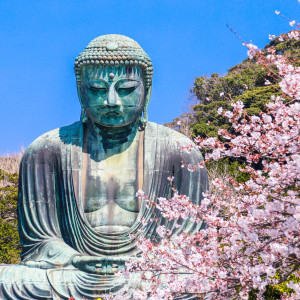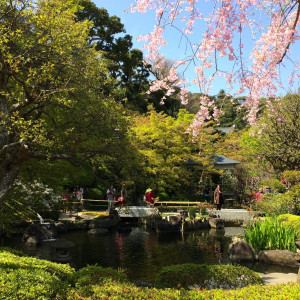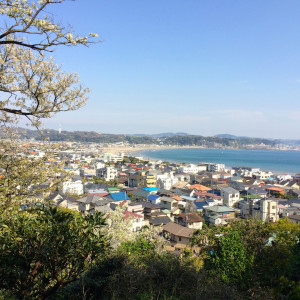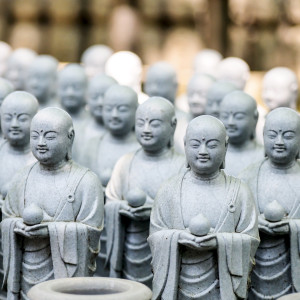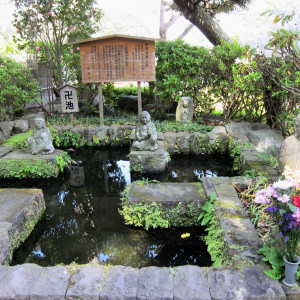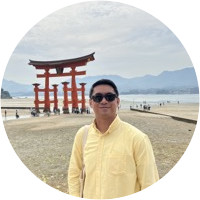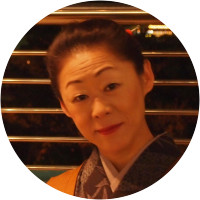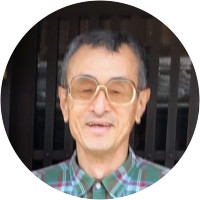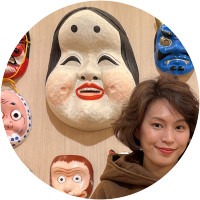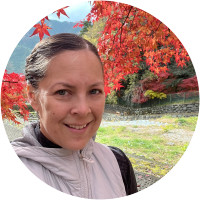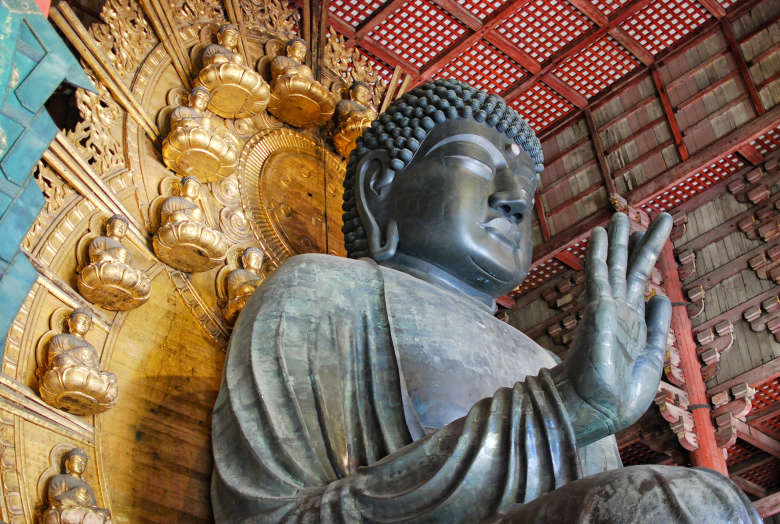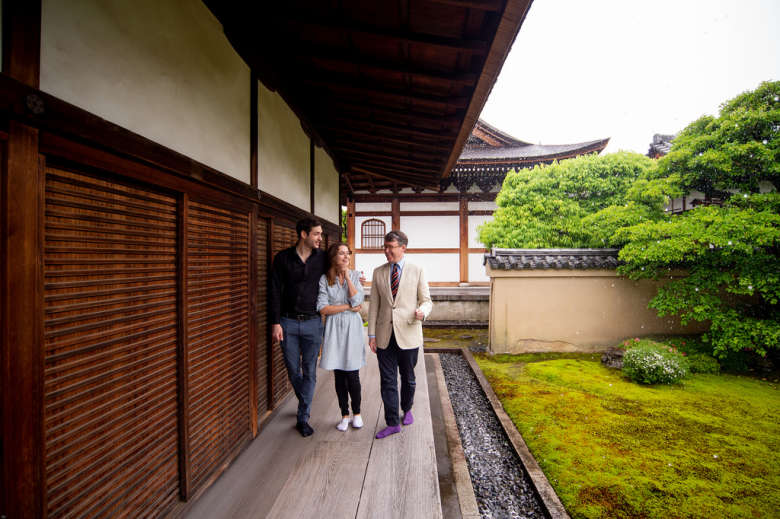Tour Details
Duration
4.5 hours
Product Type
Tour
Venues
- Kotoku-in
- Hase Temple
- The Great Buddha of Kamakura
Select a date
Tour Description
The perks and efficiency of Japanese rail transport allow for a range of accessible, deeply engaging day trips from Tokyo. An hour by train from the crush of Tokyo Station is the charming town of Kamakura, home to one of Japan’s most widely recognized religious icons—the 13.35-meter-tall Great Buddha of Kamakura. In this half-day Kamakura Day Trip from Tokyo, we’ll visit this massive bronze structure as well as some of Kamakura’s other important temples and shrines, such as Hase Temple and Tsurugaoka-Hachimangu Shrine. Depending on the weather, we’ll walk within Kamakura or take the local electric railway part of the way there.
Experts
Once our train arrives in Kamakura, we will head to Hasedera (Hase Temple), home to lovely gardens and a view over the bay. Along the path to the temple’s main buildings, we’ll see hundreds of jizo, statues of the Jizo Bodhisattva, who is believed to accompany the souls of deceased children. At this point in the tour, we’ll sit for tea and traditional Japanese snacks to discuss the Jodo sect of Buddhism to which Hasedera belongs.
After Hasadera, we will head over to Kotoku-in, host to the iconic Great Buddha of Kamakura (Kamakura Daibutsu). The bronze statue dates back to 1252 and was initially housed within a temple hall. Unfortunately, typhoons destroyed the temple and buildings, but the Buddha survived unharmed and has been sitting outdoors since 1495. Today, green with age, this is Japan’s second-tallest bronze Buddha; the first is at the temple Todai-ji in Nara, outside Kyoto (where we also have a Nara Tour). Kotoku-in may be our last stop, unless we manage to keep up the pace--in which case we may be able to fit in one last visit for the day at the Tsurugaoka-Hachimangu Shrine before heading back to Kamakura Station.
You may, of course, return to Tokyo on the same train as your expert, however, we encourage you to stay in Kamakura to have lunch or spend some of the afternoon visiting other attractions.
After Hasadera, we will head over to Kotoku-in, host to the iconic Great Buddha of Kamakura (Kamakura Daibutsu). The bronze statue dates back to 1252 and was initially housed within a temple hall. Unfortunately, typhoons destroyed the temple and buildings, but the Buddha survived unharmed and has been sitting outdoors since 1495. Today, green with age, this is Japan’s second-tallest bronze Buddha; the first is at the temple Todai-ji in Nara, outside Kyoto (where we also have a Nara Tour). Kotoku-in may be our last stop, unless we manage to keep up the pace--in which case we may be able to fit in one last visit for the day at the Tsurugaoka-Hachimangu Shrine before heading back to Kamakura Station.
You may, of course, return to Tokyo on the same train as your expert, however, we encourage you to stay in Kamakura to have lunch or spend some of the afternoon visiting other attractions.
At the end of our Kamakura day trip from Tokyo, we will emerge with an enhanced knowledge of this important historical town and gain a better understanding of the relevance of its temples and shrines, as well as appreciate the serenity and great beauty on display.
Where does it start? Where does it end?
You'll meet near Tokyo Station. The confirmation email will have the exact spot. The tour ends in Kamakura. You can stay in Kamakura and explore on your own, or return to Tokyo with the expert. Your train tickets are round-trip, and you can return at any time.
You'll meet near Tokyo Station. The confirmation email will have the exact spot. The tour ends in Kamakura. You can stay in Kamakura and explore on your own, or return to Tokyo with the expert. Your train tickets are round-trip, and you can return at any time.
Are train tickets included?
Yes! You will pay for them ahead of time, and the guide will buy them for you at the station. You will be responsible for any other nominal costs throughout the tour.
Yes! You will pay for them ahead of time, and the guide will buy them for you at the station. You will be responsible for any other nominal costs throughout the tour.
Can we arrange a car service instead of the train?
For this tour, we always take the train. Trains in Japan are faster and more efficient than driving.
Is it okay to tip my guide in Japan?
For this tour, we always take the train. Trains in Japan are faster and more efficient than driving.
Is it okay to tip my guide in Japan?
Yes. Context clients generally tip anywhere from 10-25% of the purchase price of a personal service such as this, depending on the quality of the experience and their tipping habits.
Where You'll Start
–
91 Reviews
Reviews can only be left by Context customers after they have completed a tour. For more information about our reviews, please see our FAQ.
Jefferson was exceptional!!!
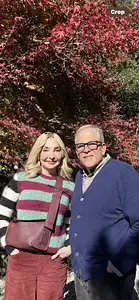
Mary karen
Reviewed on:
Nov 24, 2025
Maki was an excellent guide. Kamakura is her home town, so there wasn't anything about the giant Buddha she did not know. It was a real pleasure to spend the morning with her.
Peter
Reviewed on:
Nov 5, 2025
We had an excellent day with Chris in Kamakura! Chris is very knowledgeable and interesting to talk to, and made sure to incorporate our interests into what he shared throughout the day. He provided us with a great perspective on all our questions, not just about Kamakura, but also on Japanese culture and his own experiences. He was also very helpful in helping us navigate to a remote lunch destination and ensuring that we arrived on time, which we really appreciated. We would definitely recommend this tour with Chris!
Dani
Reviewed on:
Oct 30, 2025
